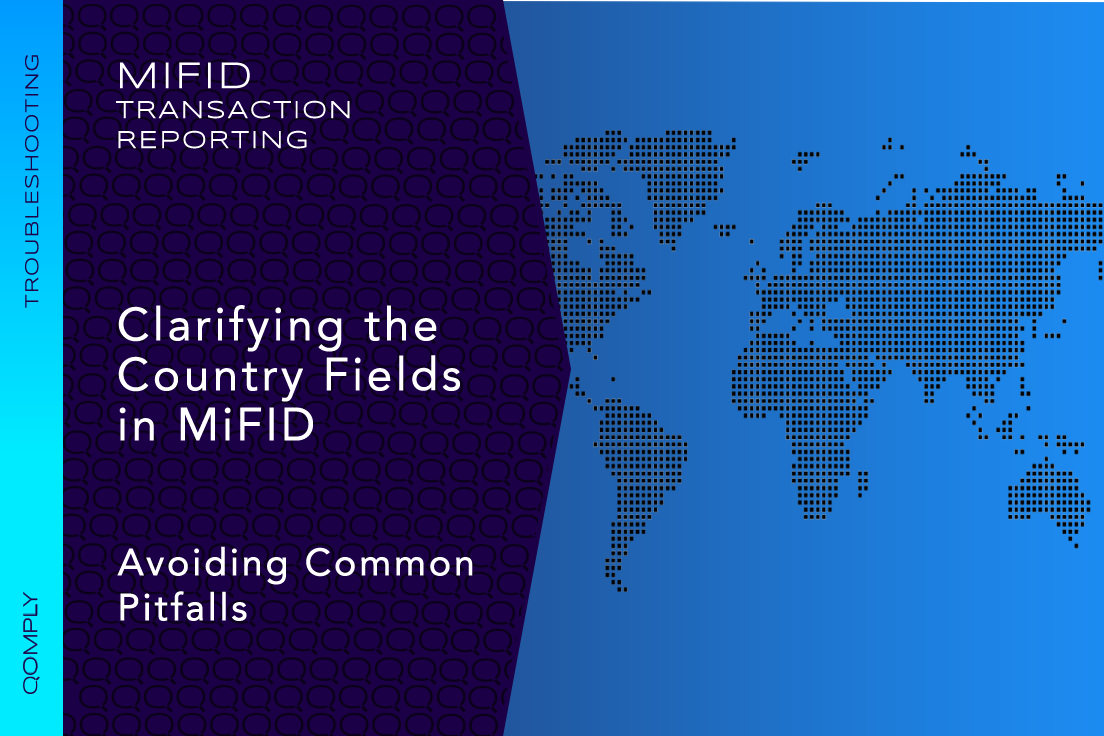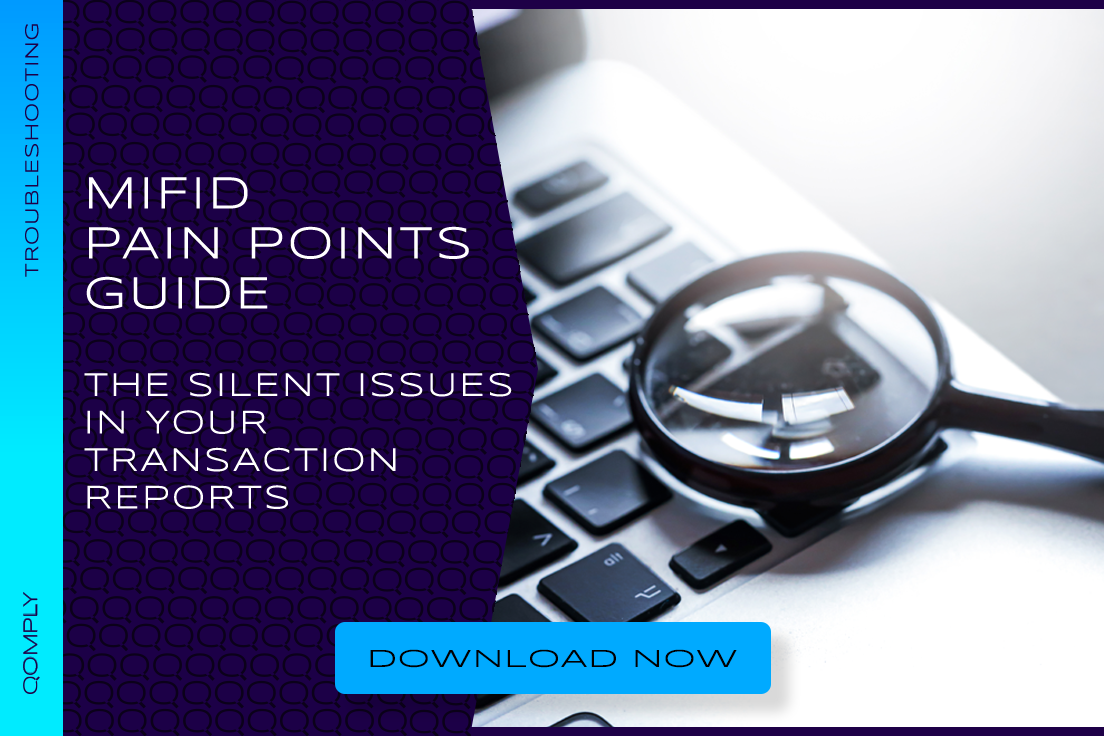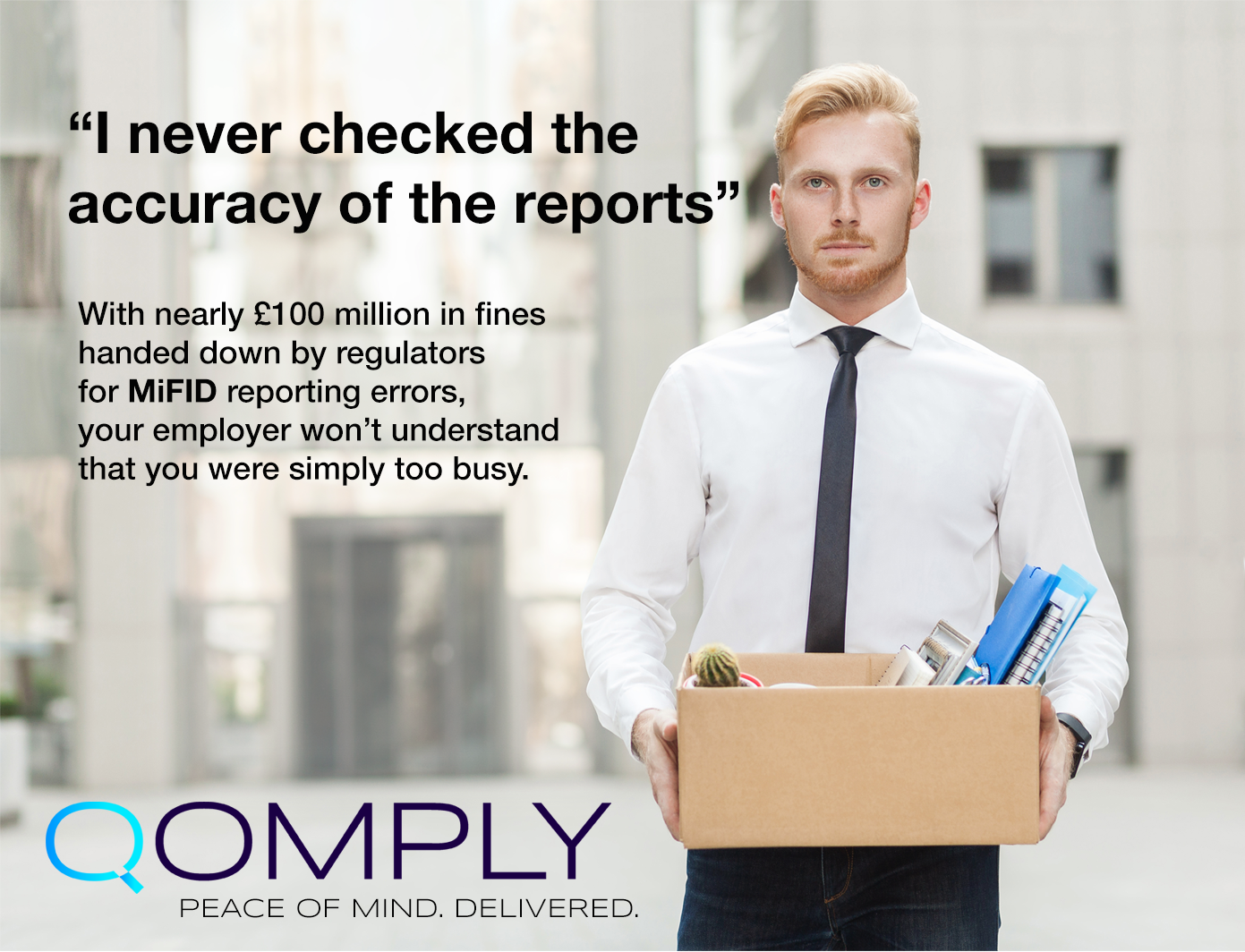MIFID INSIGHTS
Common Pitfalls of Country Fields in MiFID
MiFID Transaction Reporting | Troubleshooting
 Updated By: Sophia Fulugunya
Updated By: Sophia Fulugunya
Director of Transaction Reporting
16 March 2022
Updated 24 April 2024
The country fields in MiFID II transaction reports are the cause of much confusion for market participants. Opaque naming of fields and certain peculiarities in conventions increase the risk of misreporting. This article covers some of the pitfalls and provides guidance in getting these fields right.
Country of the Branch Membership (Field 37)
This field has been one of the most problematic for firms. The FCA released statistics suggesting that it is amongst the top 10 reporting errors made by firms.
In 2018, nearly 7pct of reports were rejected due to the Country of the Branch Membership not being populated. In 2019, that figure halved to 3.72pct, and in 2020 it reduced significantly to 0.41 pct – only to uptick slightly in 2021 to 1.62pct of reports being flagged with this error. This indicates that many firms will be submitting errors and omissions for historic errors. Therefore, it is important to get this field right.
For transactions executed on a trading venue or a third-country organised trading platform, the Country of Branch Membership field identifies the country of the branch of the investment firm whose membership was used to execute the transaction on the venue. Even if no branch is used (e.g a head office is the member of the venue), you are still required to fill in this field and should use the country code of the head office or registered office.
This field is left blank for transactions executed by an SI (Systematic Internaliser) or transactions occurring OTC.
It is also important to note that even if a transaction was agreed to be executed off-book but under the rules of a trading venue, the trade is still deemed to have been executed on the trading venue. In this case, the Country of Branch Membership will be required where the executing entity is a member.
Country of the Branch for the Buyer/Seller (Fields 8 and 17 respectively)
The first of the oddly named fields. Despite what the name may imply, this field should be populated with the country of the branch that received the order, not the nationality of the buyer or seller.
The field is applicable to the client-side of a transaction.
The definition of client is also important to bear in mind, you do not need to fill in these country fields if the buyer/seller is a CCP, broker or your own firm – as none of these would be considered your client. Also, an aggregated order (INTC) is not a client therefore the field should be left blank.
For transmitted orders falling under Article 4 Transmission of an Order, the country of the branch for the buyer/seller is provided by the transmitting firm.
Country of Branch Responsible for the Person Making the Investment Decision (Field 58)
This field holds the country of branch of the firm responsible for the investment decision.
You are only required to fill in this country code if the investment decision maker field is filled in and that decision maker is a natural person. If the investment decision maker is an algo this field is left blank. Again, despite the implication of 'branch' in the field name, this field is required even if the investment decision making firm is a head office.
Country of the Branch Supervising the Person Responsible for the Execution (Field 60)
This field is tied to the contents of the execution within firm field. You only supply a country code if the person responsible for execution is a person. If the value in the execution within firm field is an Algo of NORE then this field is left blank.
Again, if no branch is involved, the country code of the head office of the firm is still required if a person is specified in execution within firm field.
How Qomply Can Help
Qomply takes away the pain in transaction reporting by ensuring reports are right the first time.
Our award-winning ReportAssure platform delivers one of the most comprehensive arsenal of accuracy checks in the industry, ensuring our customers’ transaction reports are as complete and accurate as possible.
By offering affordable, modular subscriptions, we enable financial firms of all sizes to benefit from high-quality, regulatory reporting technology, choosing from a menu to suit all appetites.
Ensuring your regulatory reporting is accurate, efficient, and cost-effective sits at the core of what we do.
For more information, please contact Qomply, on +44 (0) 20 8242 4789 or info@qomply.co.uk
Follow Qomply on social media on Twitter (https://twitter.com/QomplyRegTools) and LinkedIn (https://www.linkedin.com/company/qomply/)
Free Events, Tools and Information Directly to Your Inbox



